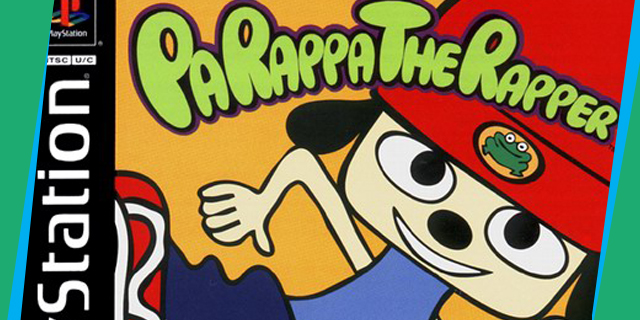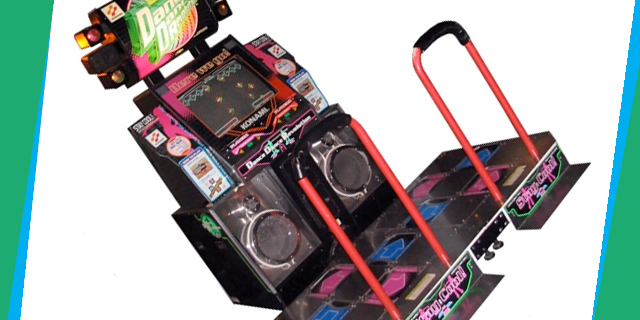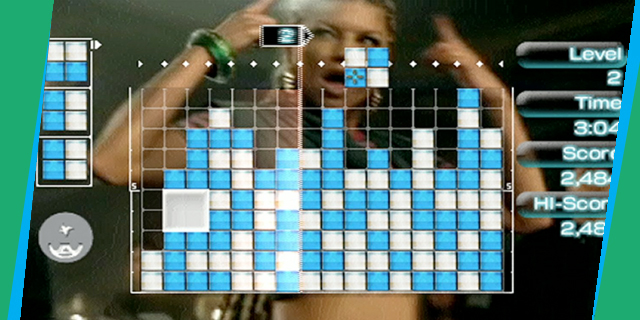
So in case you haven’t noticed yet, a lot of Snackbar Games writers have had Rhythm Heaven Fever for the past two weeks or so. It’s a great experience, the visuals are charming, the gameplay is easy to pick up, and the music is spot on. It’s a rhythm game done right. Playing it brings me immense joy as I love both rhythm and music games.
But while playing it last week I had a bizarre epiphany: there wasn’t a single Rock Band or Guitar Hero game that launched last year.How could this have passed under my radar? From 2005 to 2010, music/rhythm games dictated my life. At one point I probably had three quarters of the downloadable content available in Rock Band, and I became proficient with every plastic peripheral we now see cluttering up game stores’ back rooms.
It would seem improbable that I could have gone so long without noticing, and yet here we are in 2012 and I’ve barely batted an eyelash and shed no tears. How can such beloved games fall out of grace so suddenly? Why have rhythm games, and more specifically music games, dropped off the face of the Earth as of late? It can all be attributed to gaming trends and lack of innovation.
The humble beginning (1997-2000)
In the mid-’90s, Konami’s innovative Beatmania & Sony’s eclectic Parappa the Rapper began the genre’s march to stardom. During this era, games like these were fresh ideas. Never before had a gamer’s musical ability been tested this hard. Beatmania required twitch reaction and a general knowledge of musical timing, while Parappa the Rapper tied interesting visuals in with a Simon Says-style affair. Looking back now, it’s easy to see how these two ideas acted as a springboard for the games that were developed over the last decade, but who would have ever thought at the time that they would lead to such grandiose projects?
Konami obviously knew they were on to something, because less than two years later they released a much more recognizable brand, Dance Dance Revolution. This game took the idea behind Beatmania, pressing notes in time to music, and turned it into a physical experience, getting players up and moving their feet to the beat. It was revolutionary at the time, and had many arcade-goers excited to give it a whirl. It was not long after that it would become a household name.

Meanwhile, Parappa the Rapper developer NanaOn-Sha took their sweet time releasing their second effort, Um Jammer Lammy. Released in 1999, the game was pretty much more of the same. Even with minimal improvement, it was well-received, as it had been three years since the previous effort and there weren’t many games in the home market to satisfy that niche.
The same year, Dance Dance Revolution saw its first console release. Then Sega threw their hat into the ring with Space Channel 5, whose gameplay was very similar to that of Parappa the Rapper. This was the first time the market began to crop up, and developers knew they would have to start innovating if they wanted to have a piece of the pie.
The new kids on the block (2001-2004)
2001 saw the release of two fantastic rhythm/music games, Frequency by Harmonix and Gitaroo Man by iNiS. Frequency was an interesting new take on the Beatmania formula where players had to switch between audio tracks to play smaller parts of an overarching song. Gitaroo Man was a gnarly experience, where players not only had to pay attention to timing but also to the direction their notes were headed in, adding new depth to the overall game. Both of these games were deeper experiences than their predecessors, showing that the well had not run dry on ideas.
Games like Frequency and Dance Dance Revolution helped pioneer the idea that outside music could be integrated into the video game experience. They exposed gamers to the sounds of many licensed artists, and fostered a new market for musicians to explore. Meanwhile, games like Gitaroo Man and Parappa the Rapper reminded gamers that visuals and story do not have to be forsaken in favor of rhythmic gameplay.
Then there were the games out there that really pushed the boundaries of what defines a music game. Tetsuya Mizuguchi and the minds at Q Entertainment are masters of that art. Rez and Lumines were both designed with music in mind, and yet neither really play like a rhythm game. Rez is an on-rails shooter and Lumines is a puzzle game, yet both greatly enhanced by the music’s inclusion.

The first half of the decade was full of great ideas that took advantage of music’s rise of importance in video games, and some of the best was yet to come.
But 2005 would see the release of a game that would break the flood gates wide open for casual audiences and simultaneously hammer the biggest nail in the coffin for the genre. The era of Guitar Hero had begun.
Next week, Grant explores music games’ prime and fall in the second part of this feature.



















